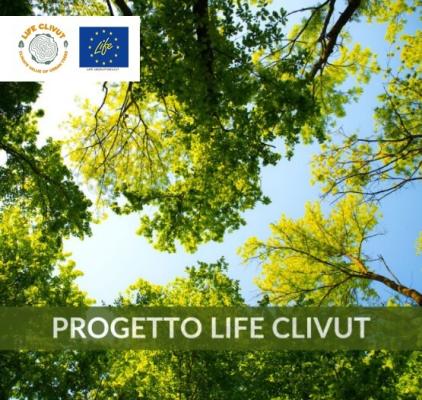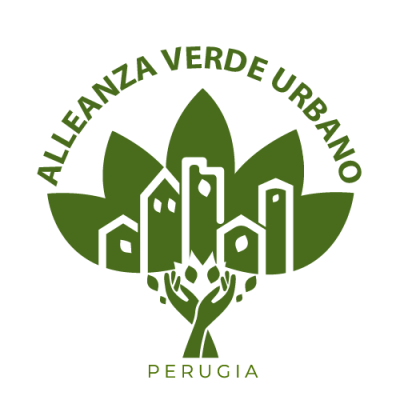- Email : info@lifeclivut.eu
News & Events
URBAN HEAT ISLAND
In urban centers in summer there is often a microclimatic phenomenon, defined as " Urban heat island", which involves local overheating with an increase in temperatures of up to 4-5 ° C compared to peripheral areas or the countryside.
Summer 2022 was particularly hot, in fact, last June temperatures exceeded the average by 10 ° in some parts of Europe, the United States and Asia.
The fear is that these heat waves could be repeated in the following years and in an increasingly aggressive form, causing an increasingly irreversible climate change.
What causes the onset of these Urban heat islands?
The phenomenon is mainly linked to large urban centers, as overheating depends on the thermal and radiative characteristics of the surfaces, often unfavorable in contexts of high urbanization.
Surfaces paved with dark asphalt, for example, absorb heat and do not allow adequate transpiration and evaporation of the soil.
The recent research "Global long-term mapping of surface temperature shows intensified intra-city urban heat island extremes" published in ScienzeDirect and signed by a group of researchers led by Lorenzo Mentaschi of the Department of Physics and Astronomy "Augusto Righi" (DIFA) of the University of Bologna, analyzed the difference between temperatures in cities with heat island problems and with a population of more than 50,000 people compared to rural areas.
The results showed that in urban areas around the world, in the period 2003-2020, average temperatures were up to 10 – 15°C higher than in rural areas.
What are the effects and consequences of overheating?
The first and main effect that arises is the rise in temperatures both in summer and winter; Subsequently, greater heat implies the use of air conditioners, air conditioners and mechanical ventilation to cool the rooms.
Therefore, more energy will be consumed and polluting emissions will increase.
How can I intervene to reduce the " Urban heat island" effect?
First of all, the importance of enhancing "conscious" urban projects attentive to the urban microclimate must be reiterated; A microclimatic study of the area should be carried out, favoring natural ventilation, evaluating the best shapes and sizes of buildings, shadows and the insertion of green areas.
A winning intervention would be the installation of green roofs and vertical gardens that not only return useful spaces to society but contribute to urban microclimate control, the absorption of pollutants and reduction of fine particles.
Alternatively, you can create the "Cool Roof", cold roofs thanks to the coating of the roof surfaces with reflective materials (they can reflect up to 80% of solar radiation).
Click here for download
























